Plastic items have been widely used in our daily life, such as medical appliances, toys, kitchen and bathroom products, etc., and injection molding is still the main way to make most plastic parts. There is a fact to be aware of, China is still the main destination for many buyers to establish injection molding due to the cost advantages it offers. Below are the benefits of setting up plastic injection molding in China
1. The benefits of setting up China plastic injection molding
Plastic injection molding in China is a booming high-efficiency manufacturing industry. In 2016, there were more than 15,000 plastic manufacturing enterprises in China, with total sales reaching US$366 billion. In 2018, a total of 13.95 million tons of plastic parts and products were produced nationwide. The steady growth of the industry is due to the increasing demand from downstream industries such as computer manufacturing, automobile, and household product manufacturing in recent years. Industry revenue in 2019 was estimated at $43.8 billion.
China’s die-casting and high-end mold products are exported to 190 countries in the world, and the annual export value of more than 700 manufacturers exceeds 1 million US dollars. This shows that Chinese plastic injection molding manufacturers are competitive in price and can meet the quality standards of the European and American markets.
In addition to CAE technology, many manufacturers have adopted advanced technologies such as robotics and automation in the plastics industry. Injection molding companies are increasingly investing in automation technology to enable precise plastic product development, improve product consistency, and achieve overall production and quality efficiencies.
Thanks to automation, the production line is optimized to produce large quantities of customized engineering plastics in fewer cycles. The adoption rate of robotics is expected to grow by 75% in 2019, while the expected rate for 2020 is close to 150 robots per 10,000 people.
Here are some of the benefits of establishing plastic injection molding in China:
- Low Scrap Rates – Many manufacturers use efficient plastic injection molding production, optimizing the amount of plastic used to ensure minimal waste of plastic and residual waste.
- Cost-effectiveness – The biggest advantage of China is that you can produce large quantities of plastic products with less investment. Although labor costs in China are lower, advanced technology ensures high product accuracy, fewer errors in the finished product, and a fast turnaround time.
- Repeatable Process – Since molds are reusable, the same product can be produced repeatedly, saving costs without compromising quality.
Working with a Chinese injection molding factory with expertise not only optimizes these advantages but also improves communication efficiency and reduces the probability of failure. In addition, they have many years of experience in the industry, can provide professional advice, integrate upstream and downstream resources, and bring you competitive services. Holly has been serving the injection molding industry for more than 20 years and has successfully delivered 60,000+ injection molding projects. We can help you successfully set up injection molding in China.
However, to establish injection molding in China, it is important to have a basic knowledge of the injection molding process and know how to choose the right manufacturer in China.
2. Plastic injection molding process
The process of injection molding involves heating the raw plastic material, injecting it into a mold, cooling the plastic, and producing the desired end product. The creation of mold prototypes is both a science and an art. Designing, fabricating, and finishing custom plastic parts require comprehensive technical expertise and great attention to detail. Small mistakes can result in repeating the manufacturing process from scratch, extending lead times, and increasing manufacturing costs.
The first step in setting up plastic injection molding in China is to create the design of the mold. This task is undertaken by design engineers who use professional design and computer skills to produce mold designs. Depending on product requirements, they also add textural elements such as logos, patterns, glossy finishes, matte finishes, layered textures, graphics, and gripping surfaces.
The next step is to transfer the design to a plastic injection molding machine, which is then used to carve a precise product. These molds, made of high-strength steel, can withstand the stress of high-volume production.
Creating digital models helps manufacturers determine the precise shape and proportions of molds. Designs must be designed with maximum precision, as even small mistakes at this stage can affect the entire production and can lead to product recalls. After the mold design is complete, the next step is to select the material that needs to be molded in the injection molding machine.
A plastic injection molding machine has the following basic components:
- An injection system that feeds the raw material (plastic) into the barrel, heats and melts the plastic, and pushes the molten plastic into the cavity through a vertical channel (source)
- Hydraulic system powers injection system
- The mold system is where the molds are loaded and assembled
- The clamping system provides pressure retention for the mold
- The control system can control the heating and cooling system.
The process of plastic injection molding begins with the injection system that gravity feeds the raw material into the molding machine. The raw material melts due to the heat and pressure applied, and the material is then injected into the mold under high pressure. Once the material enters the cavity, the pressure is maintained until the raw material cools and solidifies. When the temperature of the plastic part is lower than the deformation temperature of the material, the mold is opened and the plastic part is ejected.
The entire production process is called the molding cycle, and the time difference between injecting the molten raw material into the cavity and opening the mold is called the clamping time.
The injection cycle time is the sum of the mold closing time and the time required to open the mold, eject the part, and close the mold.
The injection molding cycle has the following steps:
- The mold closes and the screw of the injection system begins to move forward to inject the material while heating the material
- Molten plastic is injected into the cavity
- As the screw continues to move forward, the cavity is filled
- Cavity cools as gate freezes
- The screw retracts, ready for the next cycle of injection
- Then the mold is opened, and the plasticized parts are ejected by the ejector system
- Die closed
- Start of next injection cycle
3. Common plastic injection molding materials
Polyethylene – A common material in the manufacture of many products such as grocery bags and water bottles.
Polyethylene terephthalate or PET – is also used in plastic water bottles, plastic bags, and polyester fibers in the apparel industry.
Polyvinyl Chloride or PVC – This material has many industrial applications and is a cost-effective and durable material.
Polyamide – Commonly referred to as nylon, polyamide is a flexible and highly durable material widely used in climbing equipment such as ropes and ropes, clothing and machinery.
Polypropylene – This plastic is commonly used to make food containers.
Polystyrene – Polystyrene is commonly used to package other finished products and is also known as Styrofoam.
Polyurethane – This flexible plastic is also available as a liquid for adhesives, sealants, and varnishes.
Polycarbonate and Acrylic – These highly durable, scratch-resistant, and clear plastics are used in industry and construction.
4. How to choose a suitable injection molding manufacturer?
The main reason businesses look for plastic injection molding manufacturers in China is price, which can make a huge difference to the bottom line. However, apart from price, there are many factors to consider when choosing an injection molding manufacturer in China, such as:
- Is the manufacturer reliable and authentic? – Most of Amazon’s typical marketplace sellers and companies to start their searches are Alibaba. While major markets provide comprehensive listings of manufacturers, not all businesses listed are genuine. Many dealers or trading companies may also pose as manufacturers on the website. Choosing the wrong manufacturer based on the low cost or quotes they offer individually can have disastrous consequences for your business. Some companies that ordered injection molds from Chinese manufacturers found that the molds were not high-quality products, and the certifications provided by the manufacturers proved to be fake. Poor quality molds wear out quickly, and replacing them can mean higher costs in the long run. Choosing a reliable manufacturer will also involve checking the legality of their licenses, commercial registrations and quality certifications (such as ISO), and samples.
- References – whether they can provide references. Real companies are willing to provide references to their past and current customers, while fake companies will hesitate or give vague responses.
- Quality System – Verify that the manufacturer has a rigorous manufacturing quality system.
- Experience – It is important to check how long companies have been making plastic injection molds and whether they have a solid understanding of the field and process. Asking the vendor some technical questions will help build their knowledge and experience.
- Communication – Many China injection molding manufacturers may have technical salespeople with knowledge of transactional English. However, when it comes to plastic injection molding, technical knowledge and communication are crucial. They need to know your product requirements, dimensions or dimensions, and material requirements, and understand the CAD drawings as well as the tooling process to fully understand your specifications. Manufacturers also need to be able to explain the molding process, present 3D drawings, and analyze dimensions, materials, structures, and more.
- Capacity and Capacity – Evaluate whether the capacity and capacity of the plant meet your production requirements. Ask if the manufacturer does the entire production in-house or subcontracts it to multiple other suppliers. Make sure the manufacturing facility has state-of-the-art tooling and injection molding workshops, equipment testing, and product assembly services. Also check to see if the factory has other equipment such as CNC machining, milling/grinding, engraving machines, wire EDM, etc. that may be required for a particular product.
Many China plastic injection molding suppliers use CAE technology (Computer Aided Engineering), which is one of the most efficient ways to create mold designs, manufacture plastic products and ensure product processing. Compared with the traditional mold design, the use of CAE technology has greater advantages in ensuring product quality, improving productivity, reducing costs, and reducing labor intensity.
Assessing whether Chinese manufacturers use CAE technology to manufacture products is one of the key links in choosing the right injection molding manufacturer. Traditional injection molding tends to involve testing several products, identifying problems, and then correcting the process, and may also involve modifying the mold design and plastic product. All of these increase production costs, lengthen product development cycles and can lead to poor product quality.
Before molds are processed, CAE can accurately predict the plastic injection molding process, including pressure holding, melt filling, cooling, stress distribution, deformation or warpage, fiber orientation distribution, and shrinkage. Rather than waiting until the mold is made, designers can spot problems and correct the mold design based on this information. This can avoid mold rework, reduce costs, and has considerable economic and technical significance.
Plastic injection molding methods in China have improved a lot since the beginning of manufacturing. With the ability of Chinese plastic injection molding manufacturers to use the latest technology to produce high-quality products at a lower cost, you’ll be able to keep your budget down and ensure you’re getting the highest quality plastic products.

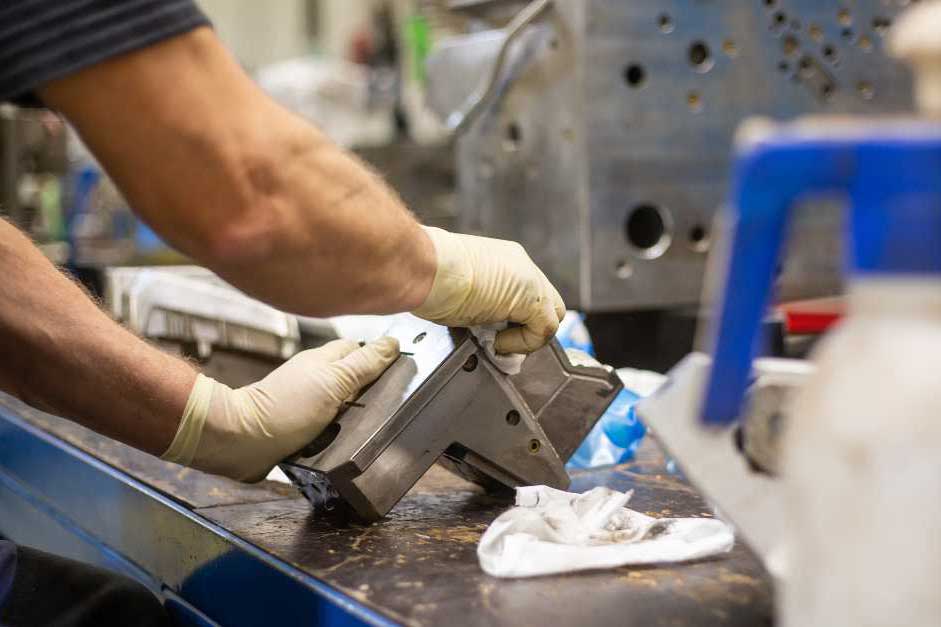
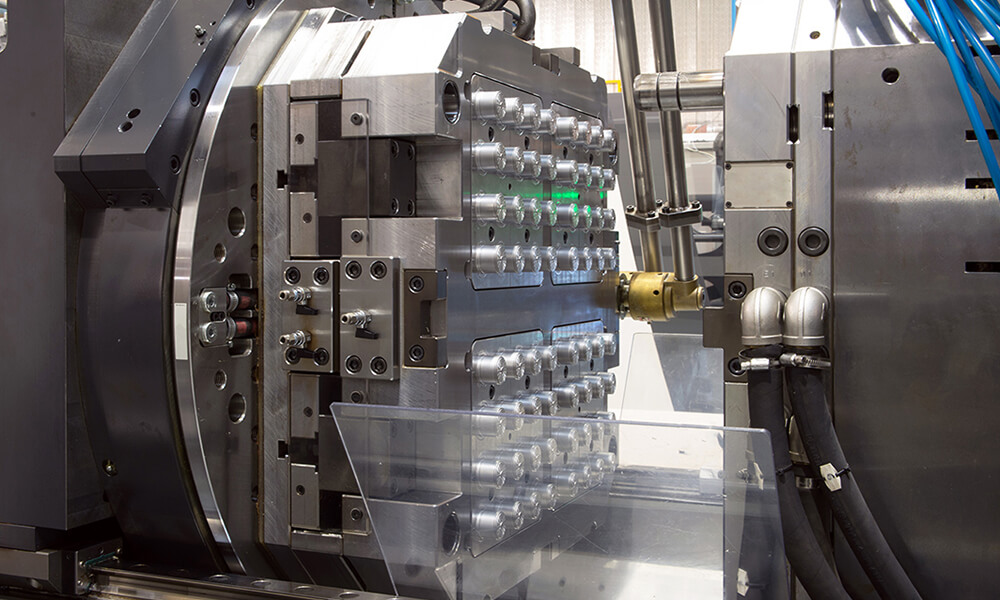

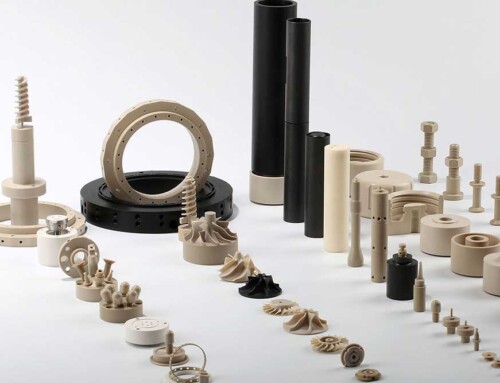
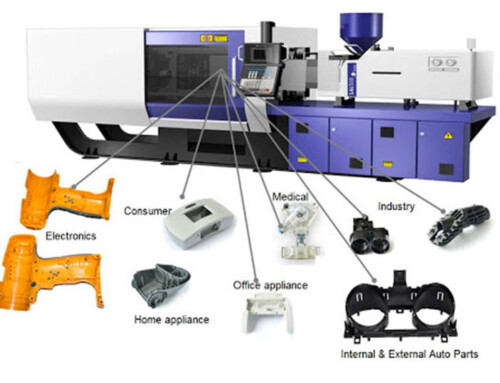
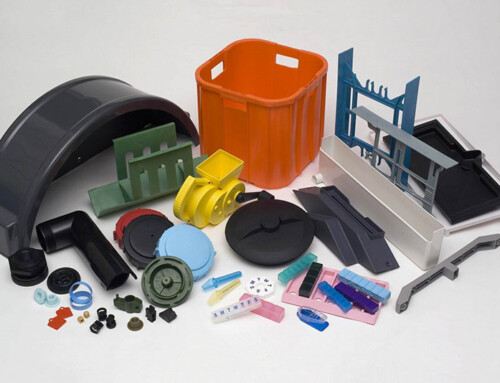
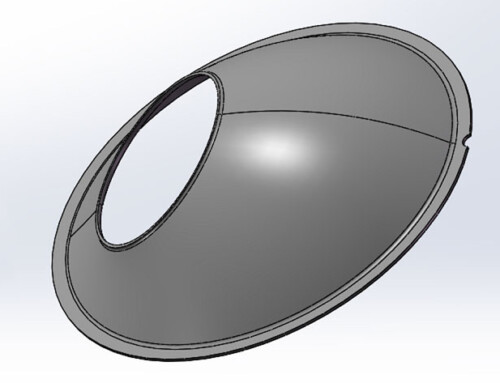
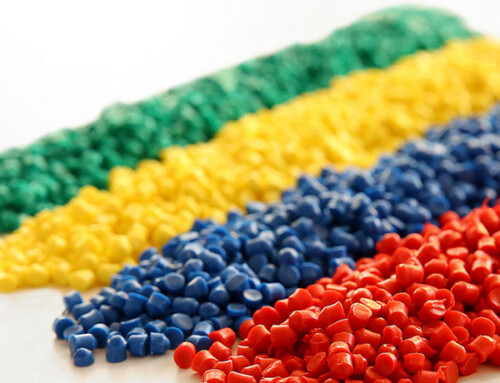
Leave A Comment